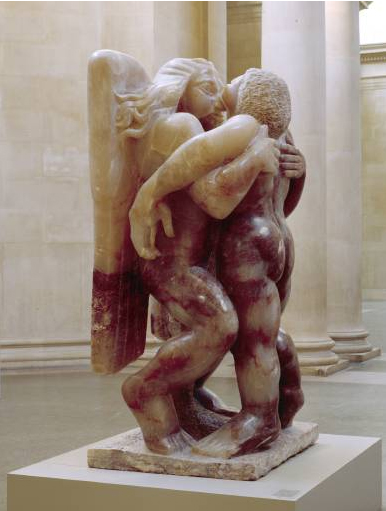''I NEVER go to museums. I avoid their odour, their monotony and severity,'' wrote the Fauve painter Maurice Vlaminck at the start of this century. The Fauves wanted to burn museums down, the Futurists to blow them up. The visible permanence that they gave to old hierarchies of value seemed not only dishonest; it ran counter to the spirit of modernity itself, the spirit of speed, change and vital instability. Seen as attics or mausoleums, places where art was sent to gather dust, museums came to stand for dead history and for the petrification of thought. ''Museums,'' said Picasso, ''are just a lot of lies.''
Museums have never been just about art. They are the places that reveal, more directly than anywhere else, the ways in which a culture chooses to make sense of the past. And they have changed. The new museum is a place that constantly challenges its own preconceptions through rehangs and reorderings of its collections; a place that attempts to see every side of every argument (aesthetic, sociological, political, phi-losophical) that might be advanced about the objects in its care; a place dedicated to uncertainty.
The most experimental version of the new museum in this country, and perhaps the closest thing yet to the museum of the future, is on the first floor of the Sainsbury Wing of the National Gallery. It is called the Micro Gallery, and the most revolutionary thing about it is that it contains no pictures at all. Instead, it con-tains a row of touch-sensitive computer screens which visitors can use to call up television images of all the paintings in the National Gallery.
The Micro Gallery contains the possibility of the home museum, where the whole history of art has been shrunk to the dimensions of the microchip:...

The virtual art gallery comes of age
09-02-1993

